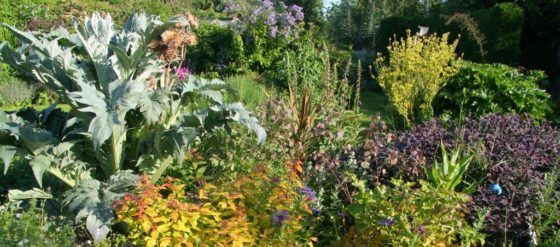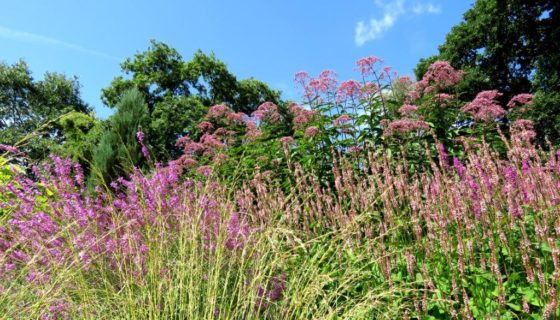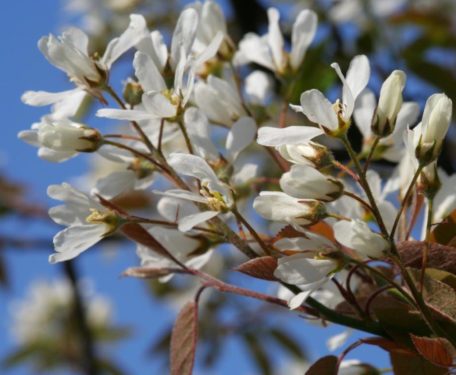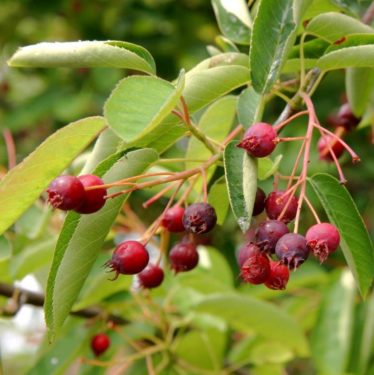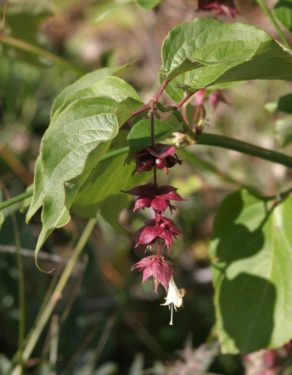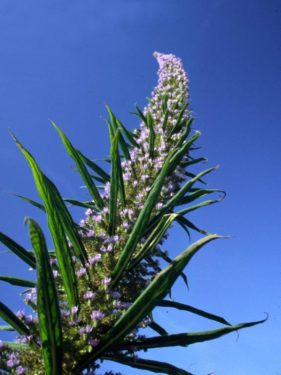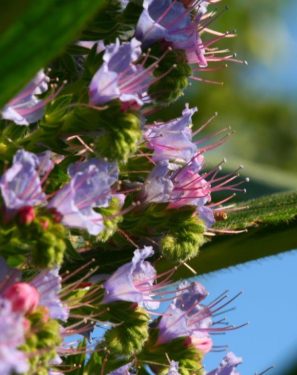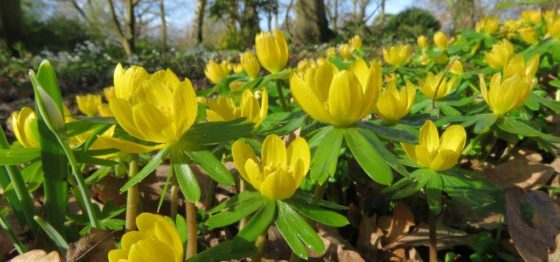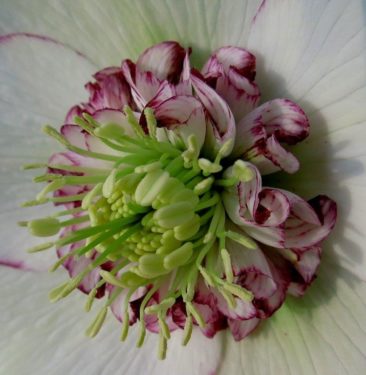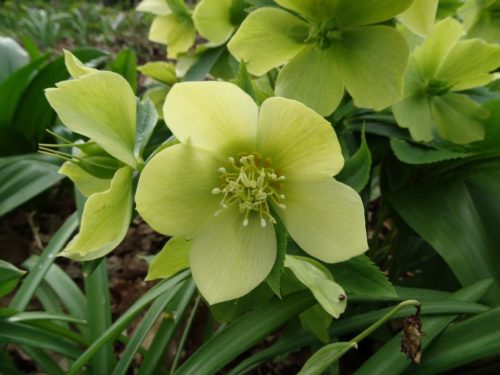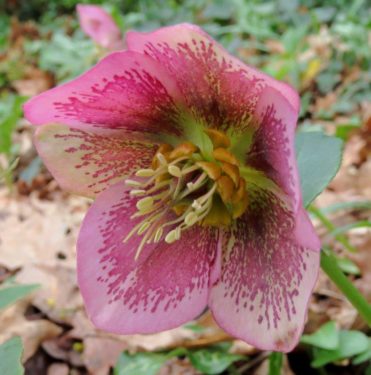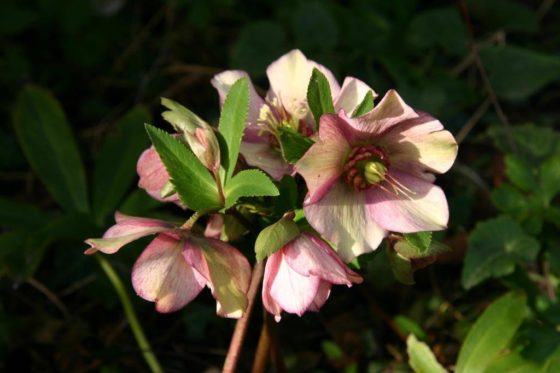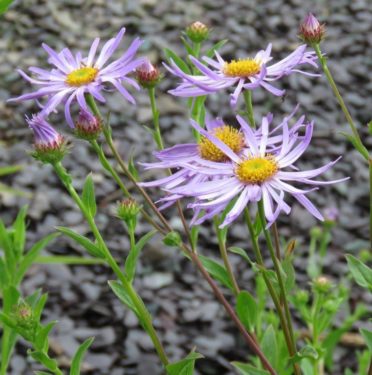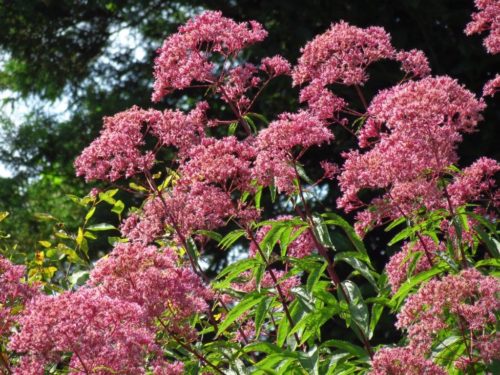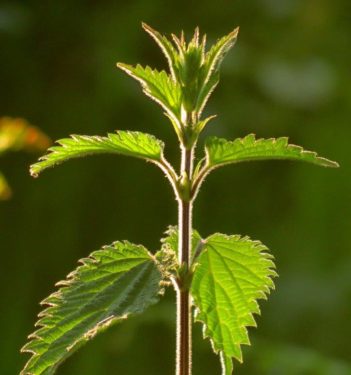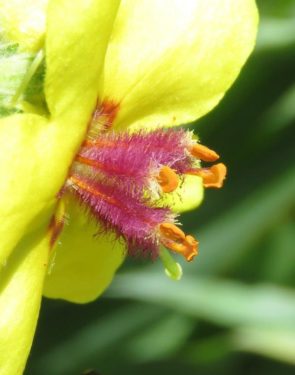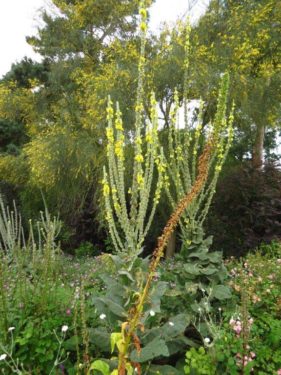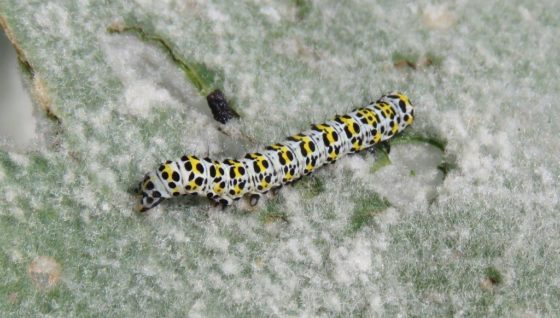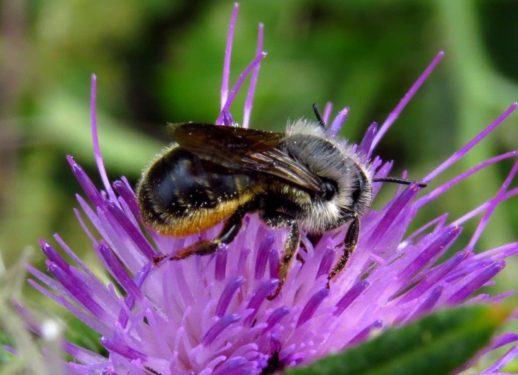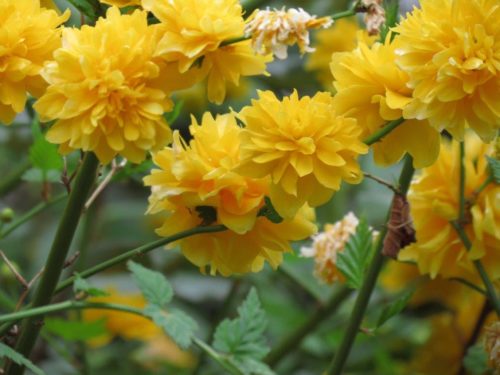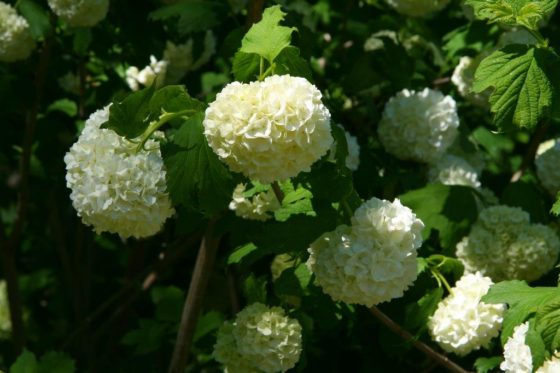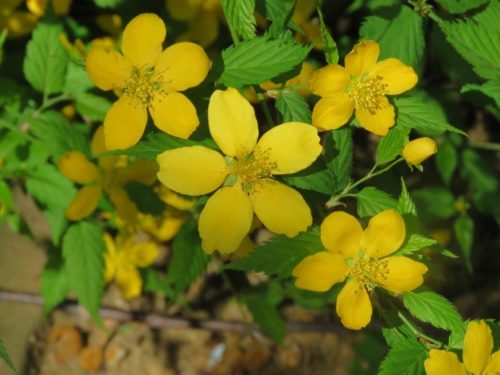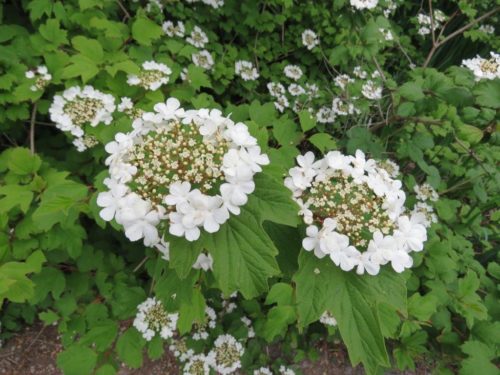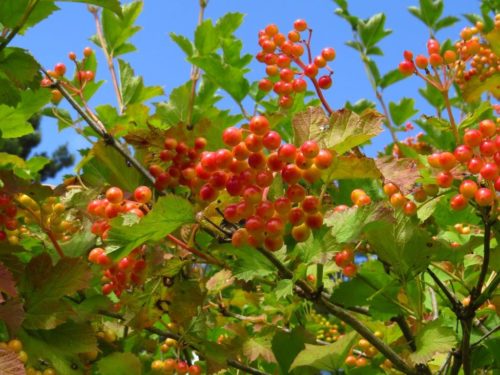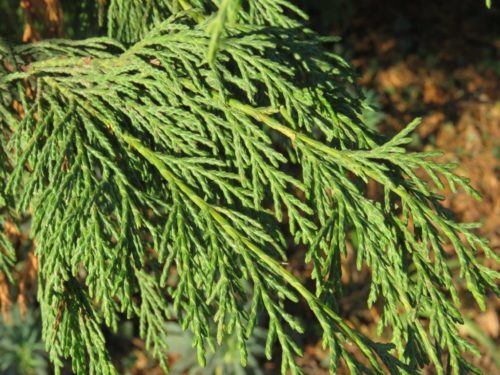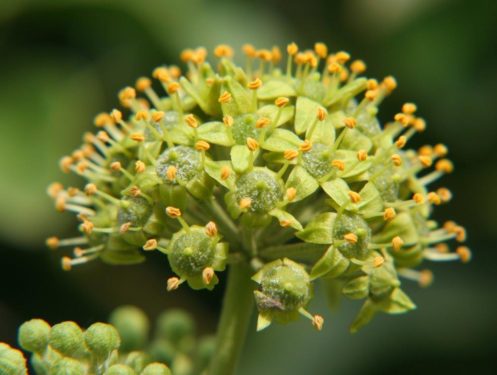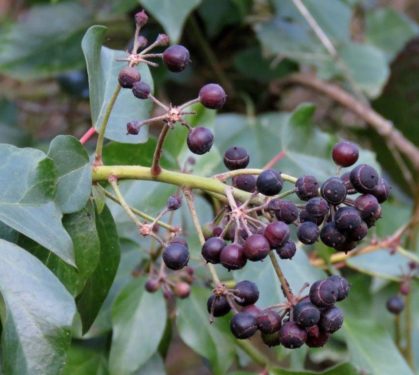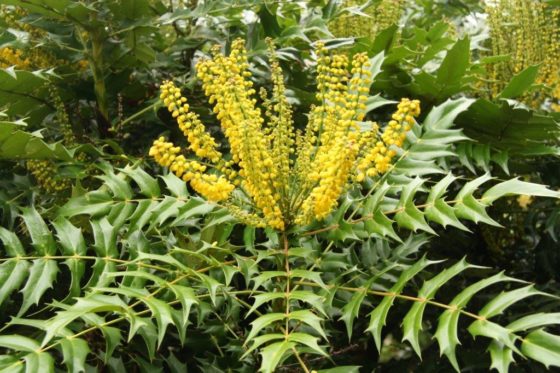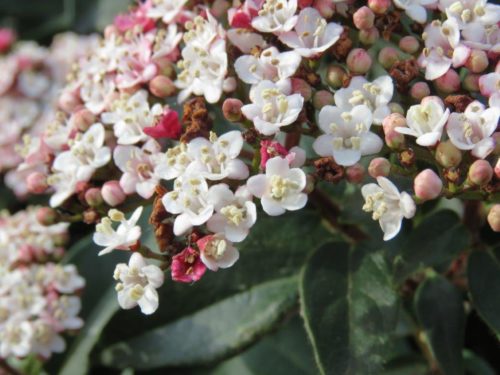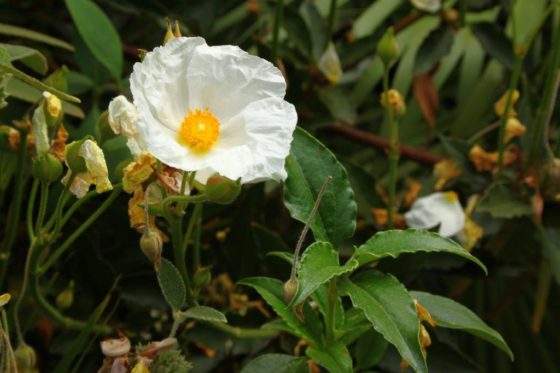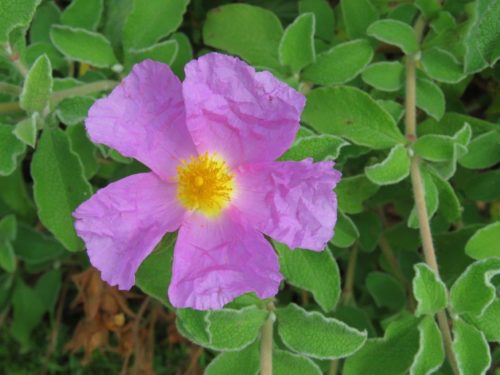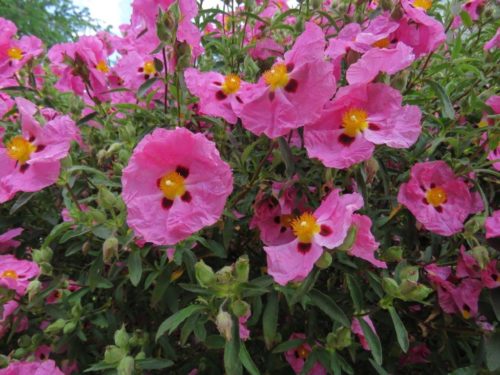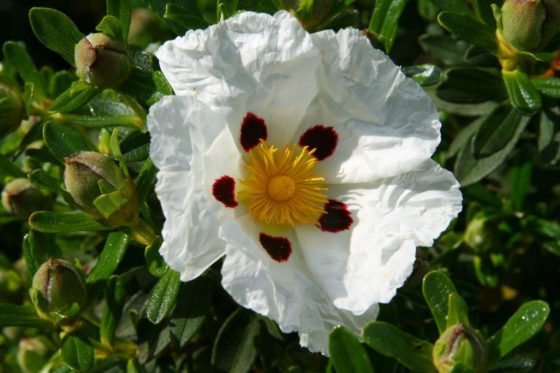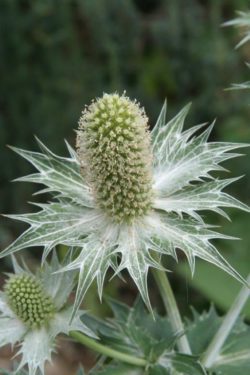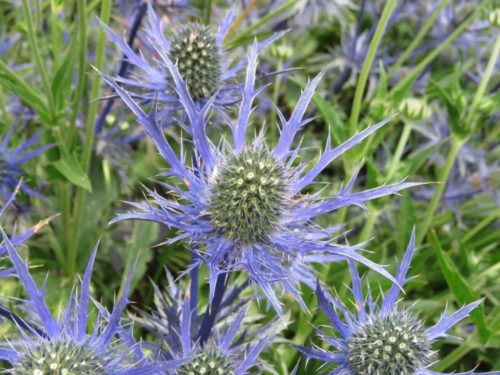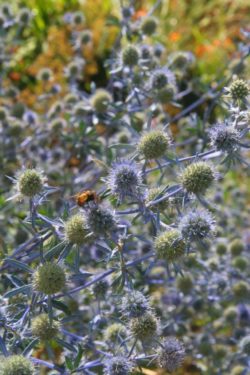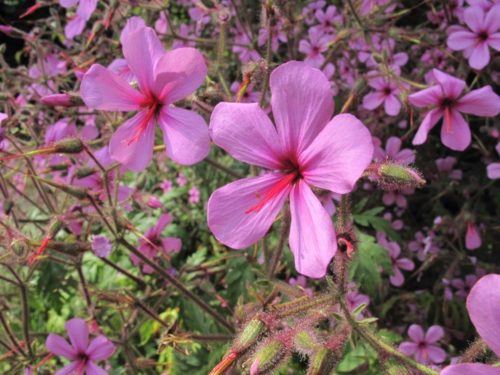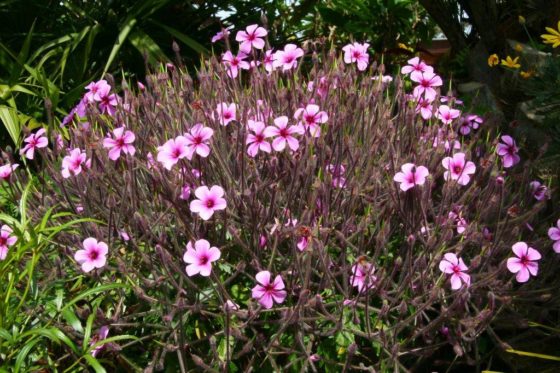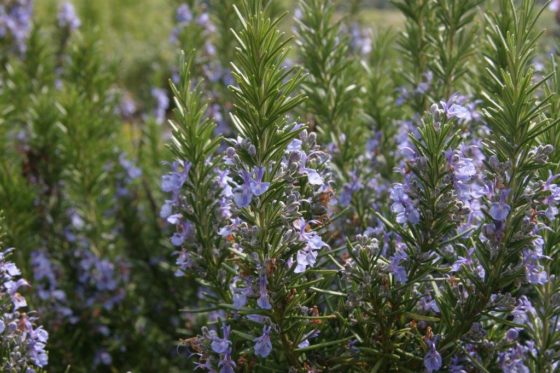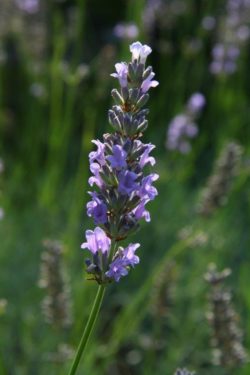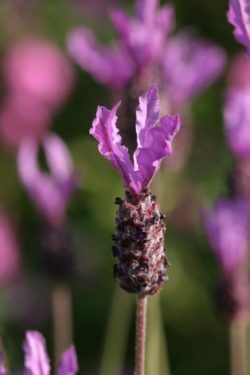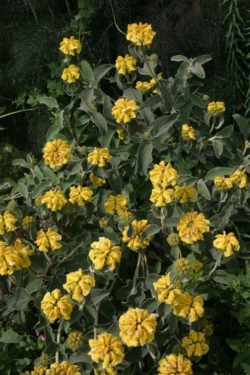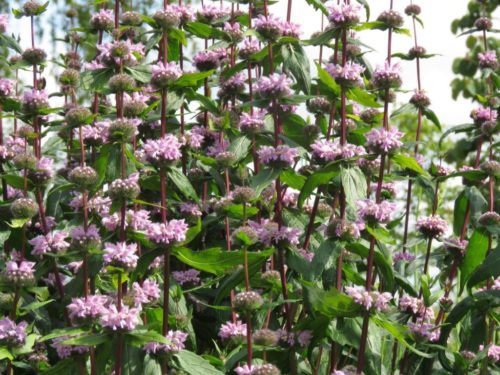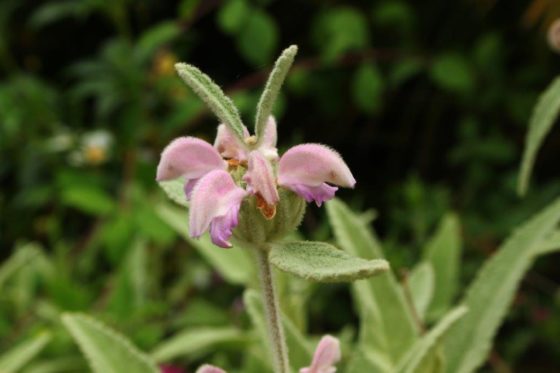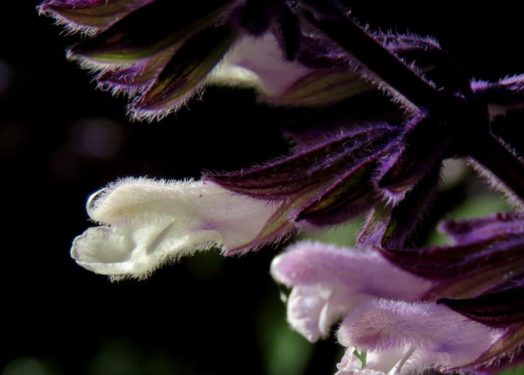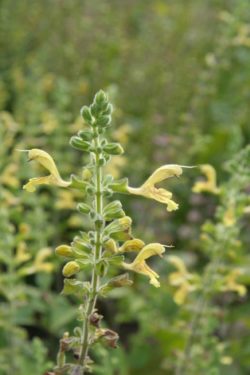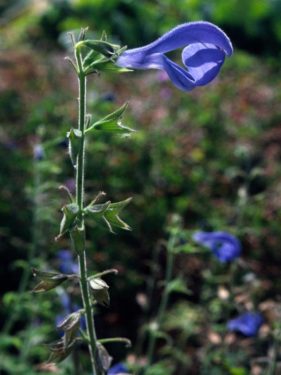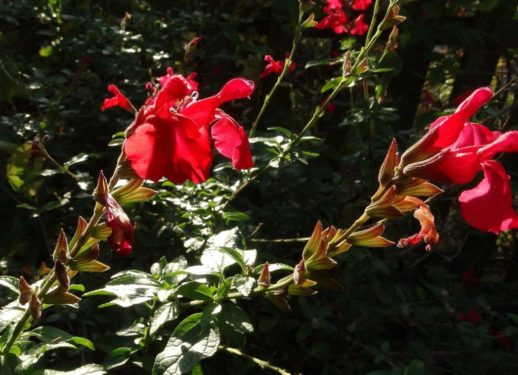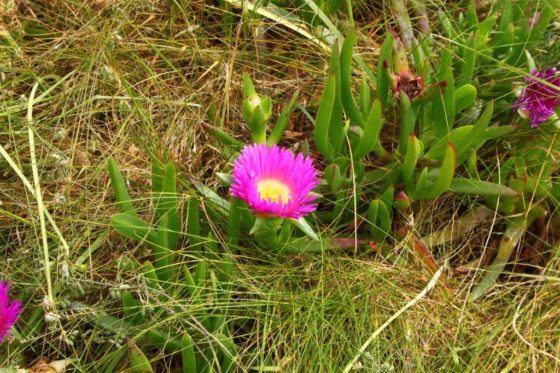One of the regular talks I give to groups throughout East Anglia is on the topic of ‘Gardening with Wildlife in Mind’. The most frequent thing I am asked for is a list of the plants mentioned in the talk, and at long last, here it is! This is far from being a comprehensive list of garden goodies (and baddies), just the ones that anyone who has seen the talk will have seen pictures of.
If you need more inspiration, there’s plenty out there, such as the website of the Wildlife Gardening Forum. Or better still, take a trip out to somewhere like the Beth Chatto Gardens, Elmstead Market, a few miles east of Colchester, wander round the garden on a warm day, see what the insects are visiting, and then go into the nursery and buy it, assuming your garden has the right conditions. Nature generally will point the way!
Non-native but valuable nectar/pollen sources; also fruits and seeds
Juneberry Amelanchier canadensis/lamarckii/laevis
Himalayan Honeysuckle Leycesteria formosa (left) and Giant Viper’s Bugloss Echium pininana (centre and right)
Early season food sources for insects
Winter Aconite Eranthis hyemalis
Hellebores Helleborus spp.
Late season food sources for insects
Michaelmas Daisies Aster spp. (left) and Hemp-agrimony Eupatorium maculatum ‘Atropurpureum’ (right)
Useful leaves, for larval feeding and nest-making
Stinging Nettle Urtica dioica
Mulleins Verbascum spp. (Mullein moth caterpillar, right)
Roses Rosa spp. (leaf-cutter bee, right)
Double flowered plants to be avoided (cultivars)
Kerria Kerria japonica ‘Pleniflora’ (left) and Guelder-rose Viburnum opulus ‘Sterile’ (right)
But the original wild -types are useful…
Shelter – breeding and roosting (and often much, much more…)
Leyland Cypress xCupressocyparis leylandii
Ivy Hedera helix
Gardening in the Global Greenhouse
Closing the winter nectar gap
Mahonia Mahonia sp. (left) and Laurustinus Viburnum tinus (right)
Drought-tolerant, insect-friendly, beautiful: the borders of the future
Sun-roses Cistus spp.
Sea-hollies Eryngium spp.
Giant Herb Roberts Geranium palmatum and G. maderense
Rosemary Rosmarinus officinalis (left) and Lavenders Lavandula spp. (centre, right)
Jerusalem-sages Phlomis spp.
Sages Salvia spp.
Possible pests – ones to watch…or ideally avoid
Hottentot-fig Carpobrotus spp.
If you want to know more, glean a few more ideas, and find out the reason why my talk is called Gardening with Wildlife in Mind (as opposed to Wildlife Gardening, for example), you can always book me! My rates and a full list of talks can be found here.
